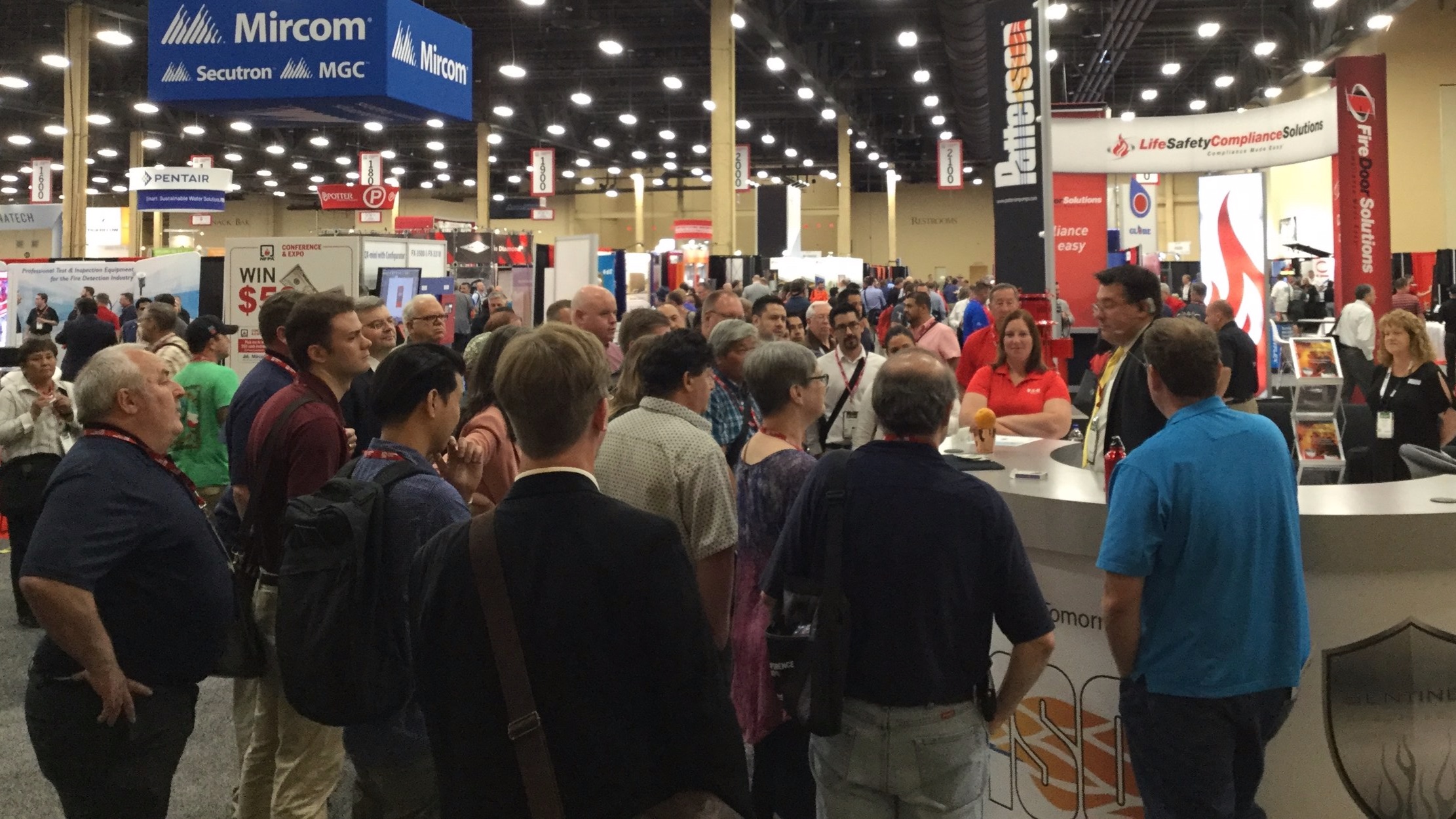Three Ways Your Trade Show Booth is "Leaking" Leads
A Millionaire Marketer Reveals Three Huge Holes in Your Trade Show Exhibit
As a marketing professional, I have my nose in a marketing blog, book, newsletter, or video just about every day. I just read a brilliant three page article by an outstanding "millionaire marketing mind" about trade show exhibiting. This guy is a true “outlier” and a notoriously reclusive individual, so it's unlikely you’ve experienced his thinking first-hand. Still, you can absolutely benefit from what he had to say.
Three Holes in Your Trade Show Strategy
The Inability to Stop Trade Show Traffic
The first thing the author mentioned was a salesman who was begging the aisle for attention. The salesman stood on the edge of his booth with the product, asked people if they wanted to see how it was demonstrated, and promised them it would only take a few minutes. Almost everyone he met ignored him.
Most trade show booths have the same experience after the first hour or two of a trade show: a few people will politely stop and talk, but most will simply keep walking.
There are a lot of reasons attendees will ignore your booth, and you can read about three unexpected reasons here.
Mike Duseberg stops crowds for Patterson Pumps at NFPA 2018
A booth’s sales team usually isn’t trained to stop traffic. Most only plan to speak with attendees as they trickle into the booth on their own. Booth staffers that do reach into the aisle and speak with aisle walkers usually come off looking weak and ineffective, and the consistent rejection burns them out quickly.
A booth attraction, however, works like the headline in an advertisement, connecting with the aisle traffic through something entertaining, unique, or exciting. They short circuit the usual “we already know that” objections, and focus attention on your booth. Then, your booth staff can explain the benefits they'll get by working with your company.
Rule: If you don't stop aisle traffic, nothing else happens.
2) Ineffective Elevator Speeches
The author is primarily a copywriter, so this was a huge point for him. Watching people talk about "we're the largest..." and "we're the oldest..." and "we're the best..." all day was driving him nuts. Nobody cares about that stuff, so it went right over their heads.
People do care about the benefits they get by working with you. The author took a few minutes to help a small business owner rephrase his elevator speech, focusing on the results that prospects would get if they worked with his company. Suddenly everyone was signing up for the drawing, giving business cards, and asking for follow up calls.
Rule: Always talk in terms of the results people will get when they work with you. At the trade show, there's isn't time for anything else.
3). Ineffective Follow Up
The author comes from a direct response background, and that's what makes his trade show strategies so effective. If he gets a lead, he follows up continually until there's a sale (or the prospect quits, changes jobs, retires, or dies... at which point he begins working on his replacement).
At this particular trade show, he knew the exhibitors would never "follow up.” The booths he contacted that day did nothing to collect his contact information!
He suggested he would call their office on Monday, so the representative gave them a business card and said "thank you."
He said he would visit the website, so the rep gave him some literature and said "thank you."
He said he would have his assistant make an appointment, so they gave him a giveaway and said "thank you."
Let's be extremely honest here. If you're not collecting contact information from someone who says they're going to contact you, you're leaving them in control of the sale. When they forget, you lose. When they meet a competitor who does take their information later in the day, you lose. When they lose your business card in the bag of junk they got at the show that day, you lose.
If the "fortune is in the follow up," you and your team have to get contact information and follow up after the show. Scan badges, take business cards, put data into a database on a laptop in your booth, use your iPhone, or just grab a complimentary pen and write down their name, email, and phone number.
Without contact information, your booth is only a display, not a marketing tool designed to drive sales.
Rule: Get contact information, promise to follow up, and follow through.
Conclusion:
These three holes in your trade show strategy really are nasty gaps that are killing your return on investment and trade show efficiency.
But, they're not hard to plug. Do something that stops a lot of traffic at your booth. Say something that makes interested prospects "raise their hand" and ask for more information. Collect contact information and follow up quickly. You’ll be amaze by the results.
Does this sound like a lot of work? Would you prefer a “done for you” solution? Mike Duseberg builds a crowd at your booth, broadcasts a message that finds your ideal clients, and brings in qualified leads.
Click here to Contact Mike for availability, and see if you qualify for a complimentary Build Your Own Trade Show Funnel Session..

